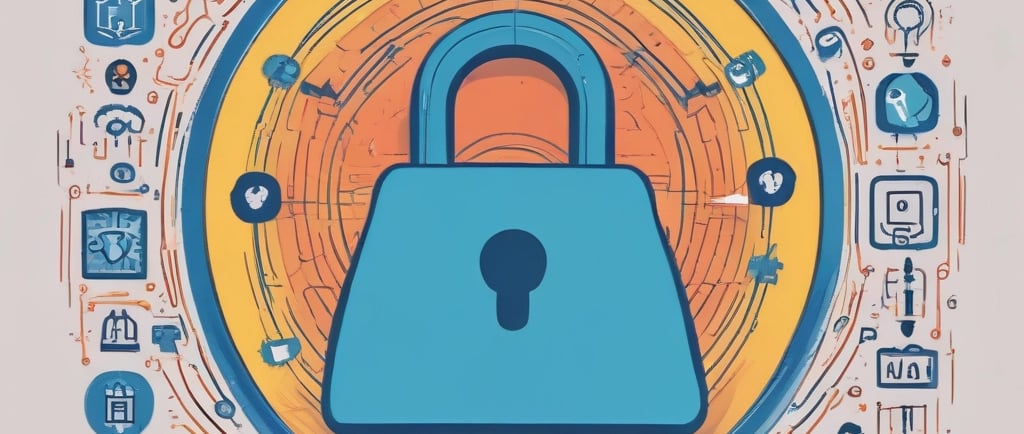Understanding Cyber Security: Trends, Threats, and Best Practices
5/8/20242 min read


Understanding Cyber Security: Trends, Threats, and Best Practices
Meta Description:
Discover the latest cybersecurity trends, common threats, and best practices to protect your data, business, and digital life in 2025 and beyond.
Introduction
Cybersecurity is no longer a luxury — it’s a necessity. With businesses and individuals relying heavily on digital platforms, the risk of cyberattacks has reached unprecedented levels. From AI-driven threats to ransomware, understanding the current cybersecurity landscape is essential. This guide explores the latest trends, emerging threats, and proven best practices to keep your digital world safe.
Why Cybersecurity Matters in 2025
The digital economy continues to grow at lightning speed, with cloud services, artificial intelligence, and the Internet of Things (IoT) transforming industries. However, each innovation brings new vulnerabilities. Experts estimate that global cybercrime costs will exceed $10 trillion annually by 2025, making cybersecurity a top priority for governments, businesses, and individuals.
Cybersecurity Trends to Watch
1. AI in Cybersecurity
AI is both a shield and a sword. On the defensive side, organizations use AI for threat detection, automation, and anomaly monitoring. On the offensive side, hackers leverage AI to craft phishing campaigns and bypass traditional defenses.
2. Zero Trust Architecture
The “never trust, always verify” model is replacing traditional perimeter security. Zero Trust focuses on identity and continuous monitoring, reducing the risks of unauthorized access.
3. Cloud Security Enhancements
With businesses moving to hybrid and multi-cloud environments, misconfigurations and weak access controls are among the biggest risks. Cloud security posture management is now critical.
4. Ransomware Evolution
Cybercriminals now use double extortion tactics — encrypting files while also threatening to leak sensitive data if ransoms aren’t paid.
5. Compliance and Regulations
Laws like GDPR, along with standards like ISO 27001 and NIST, are pushing companies to strengthen their cybersecurity frameworks.
Top Cybersecurity Threats in 2025
Phishing & Social Engineering – tricking users into sharing sensitive data.
Supply Chain Attacks – targeting vendors to infiltrate larger systems.
Insider Threats – misuse of access by employees or contractors.
IoT Vulnerabilities – insecure smart devices opening doors to hackers.
Nation-State Attacks – cyber warfare targeting critical infrastructure.
Best Practices for Strong Cybersecurity
✅ Adopt Zero Trust – verify all users and devices continuously.
✅ Employee Awareness Training – the human firewall remains crucial.
✅ Use Multi-Factor Authentication (MFA) – add extra layers of defense.
✅ Patch & Update Regularly – fix known vulnerabilities promptly.
✅ Data Backup Strategy – protect against ransomware with secure, offline backups.
✅ Incident Response Planning – prepare for breaches before they happen.
✅ Continuous Monitoring – AI-driven tools help detect threats in real-time.
Conclusion
Cybersecurity is no longer just an IT concern — it’s a business, financial, and social imperative. By staying updated on cybersecurity trends, recognizing evolving threats, and following best practices, individuals and organizations can create a resilient digital future.
